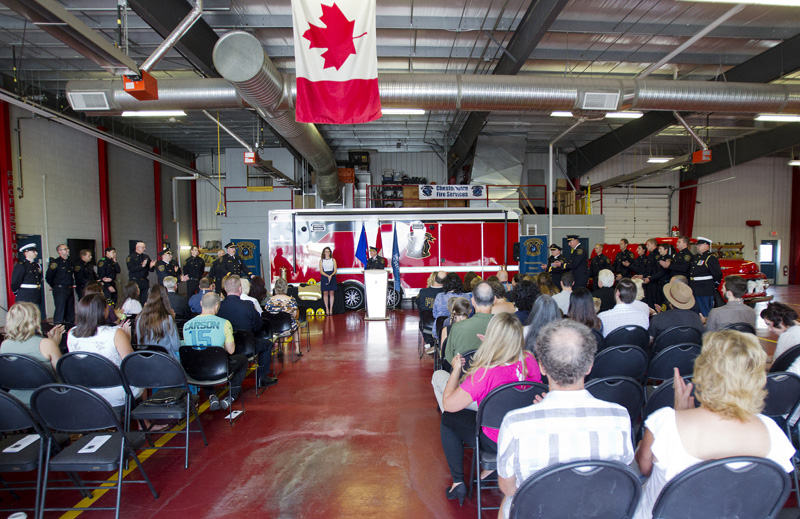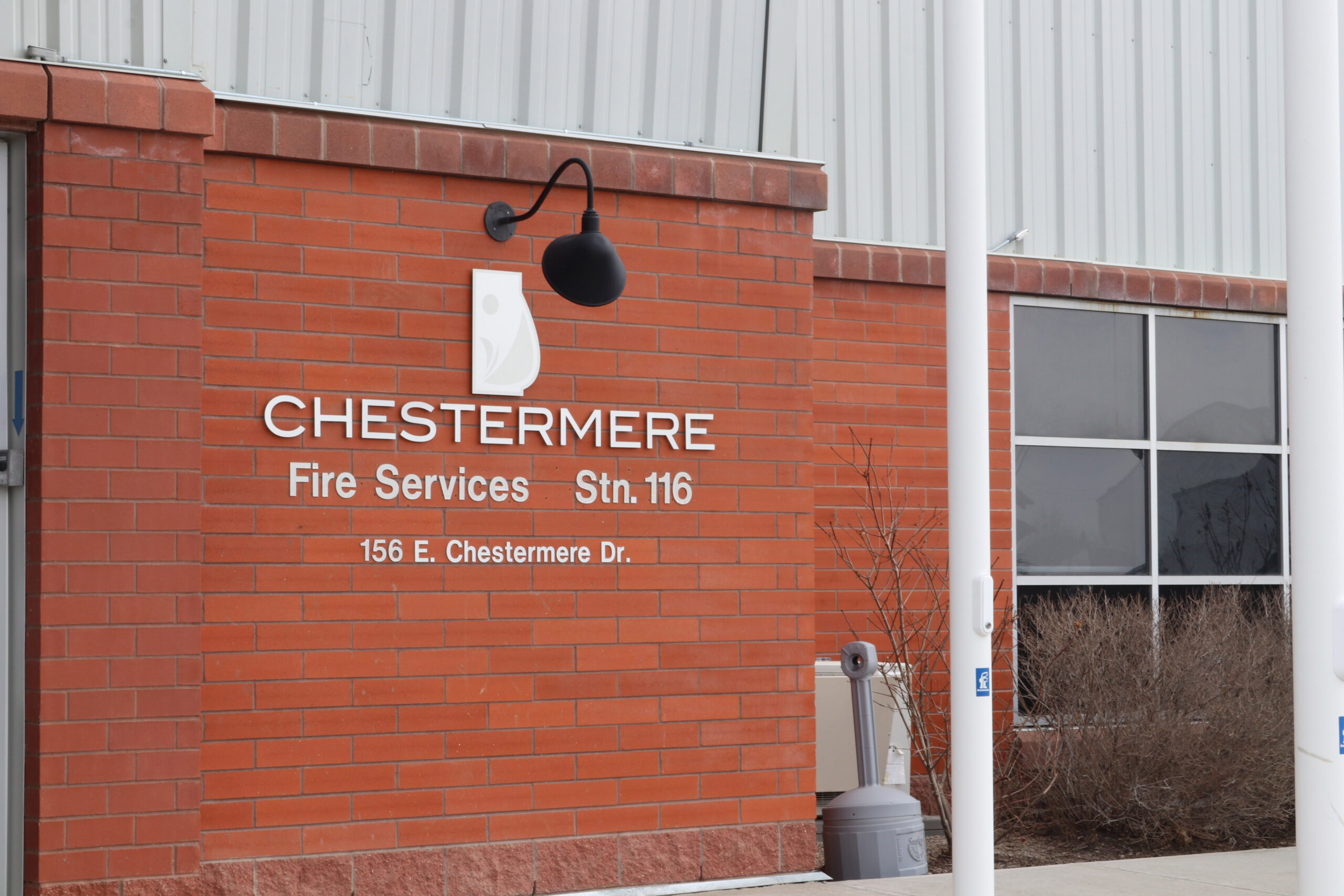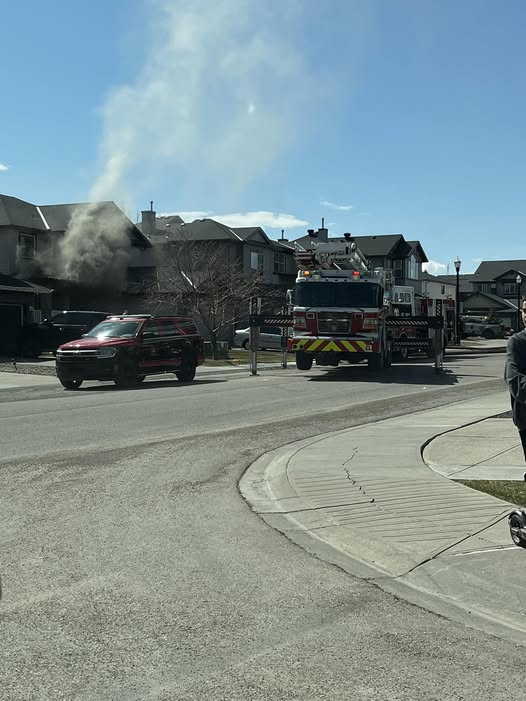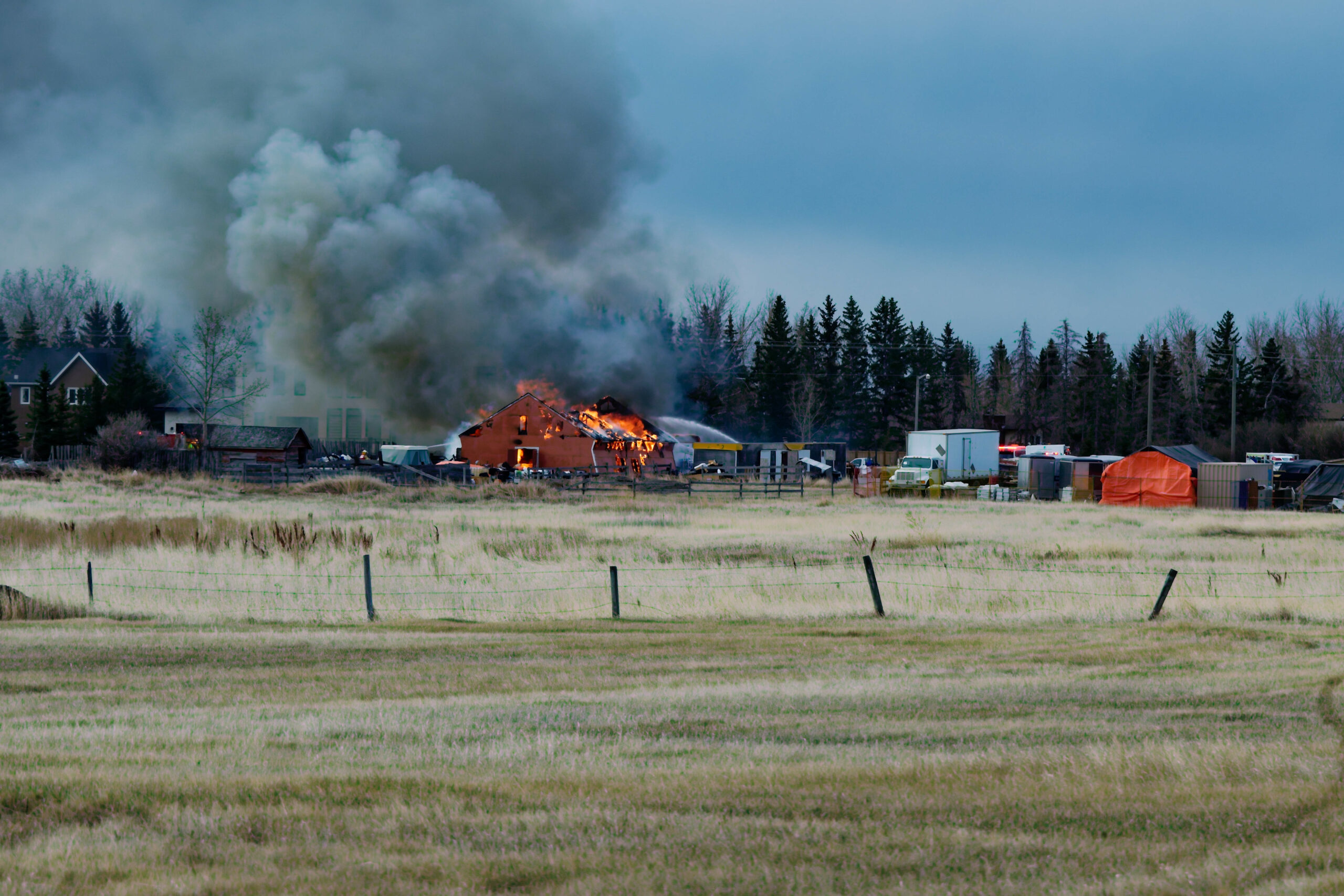
Looking back at the past year, Chestermere Fire Service Fire Chief Brian Pomrenke said that the department’s biggest achievement has been transitioning to a full-time service model.
“Definitely a monumental moment for the service and for the city to move into that capacity,” he said.
The achievements and challenges the department has faced recently came out in Pomrenke’s year-end report to council May 7.
In making the change from a mixed fire service to one exclusively manned by full time employees, the service had to say goodbye to some of their members and in the process welcomed eight new full-time firefighters.
“Which was a very unique thing,” said Pomrenke, “you wondered how it was going to develop.”
The new firefighters brought the total staffing including Pomrenke up to 22 members.
Watching as the crews worked through the transition and welcomed the new members has led to a changed and stronger fire service.
“To see that synergy amongst the crews to see the level of training increase…it just changed the dynamics of Chestermere’s Fire Service,” said Pomrenke.
And while Chestermere’s residents may not notice a change to the way fire protection and emergency services are delivered, Pomrenke said that, “what we can deliver and how we deliver it changed internally.”
With the change to how the department is staffed, Pomrenke said that the focus of all the members on the job has increased.
“You definitely see that buy in now that, this is their employment and most employees in any capacity once they buy into what you do, boy do you have a healthy workforce,” he said.
The health of the department can be seen each day at shift change.
“They’re happy to come into the station,” said Pomrenke.
“The energy level is high,” he said, “that energy level creates a great atmosphere to work in.”
With the positive changes and new faces around the firehall, Pomrenke said that they are developing a professional and unique fire service to meet the needs of the city.
“You have people that want to be heavily involved in training, you’ve got people that want to develop our health, you have people that want to accelerate in our critical incident stress management, and that health and wellness component,” he said.
While this change to a full-time staffing model has been the services greatest success of the past year, Pomrenke said that it has also been one of the biggest challenges.
The fire service is made up of four five-person shifts that rotate through 10-hour day and 14-hour night shifts.
“You have a very defined workforce of 20 staff and on any given day when you have five if someone has to take holidays…it just creates a little bit of stressors when we relieve those people on holidays and you still need to deliver a quality service,” said Pomrenke.
Even when someone is sick or on holiday’s, he said that the response and service of the department stays the same.
The challenge for both Pomrenke and the department’s four captains has been to find different options to maintain that service level, especially as the city continues to grow.
“When you look at what we do for call volumes…we are seeing that growth,” said Pomrenke.
While they aren’t yet at the point of needing to increase staffing levels or build a second fire hall, Pomrenke said that both of those contingencies are considered as they plan for the growth of the service.
“We’ve been looking at a second site for a second firehall,” he said.
“When we match the growth with when the need becomes apparent for that hall we’ll be ready to take that next step,” said Pomrenke.
Another major change in the last year has been how the department responds to medical calls in Chestermere.
“We’re heavily invested in medical calls,” said Pomrenke.
To that end, the department joined Alberta Health Service’s medical first response program.
The program has led to an increased minimum standard of medical training for each firefighter and provides medical oversight through AHS.









